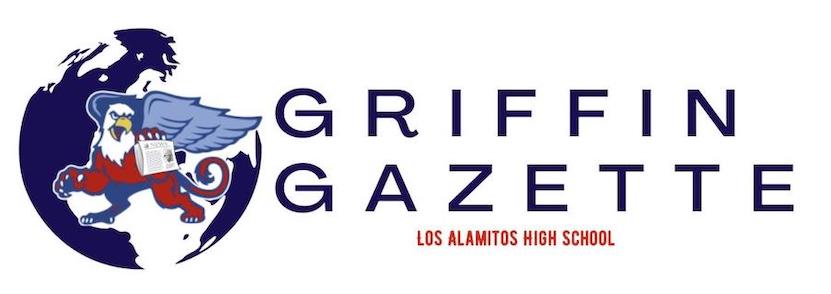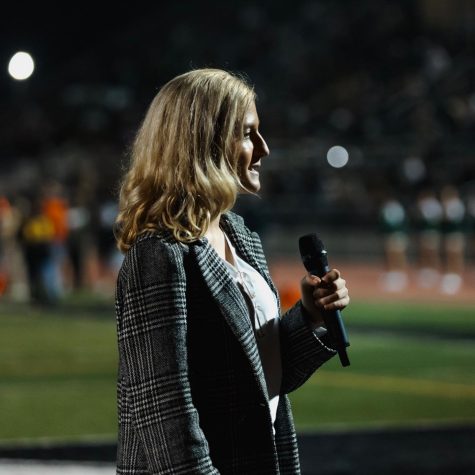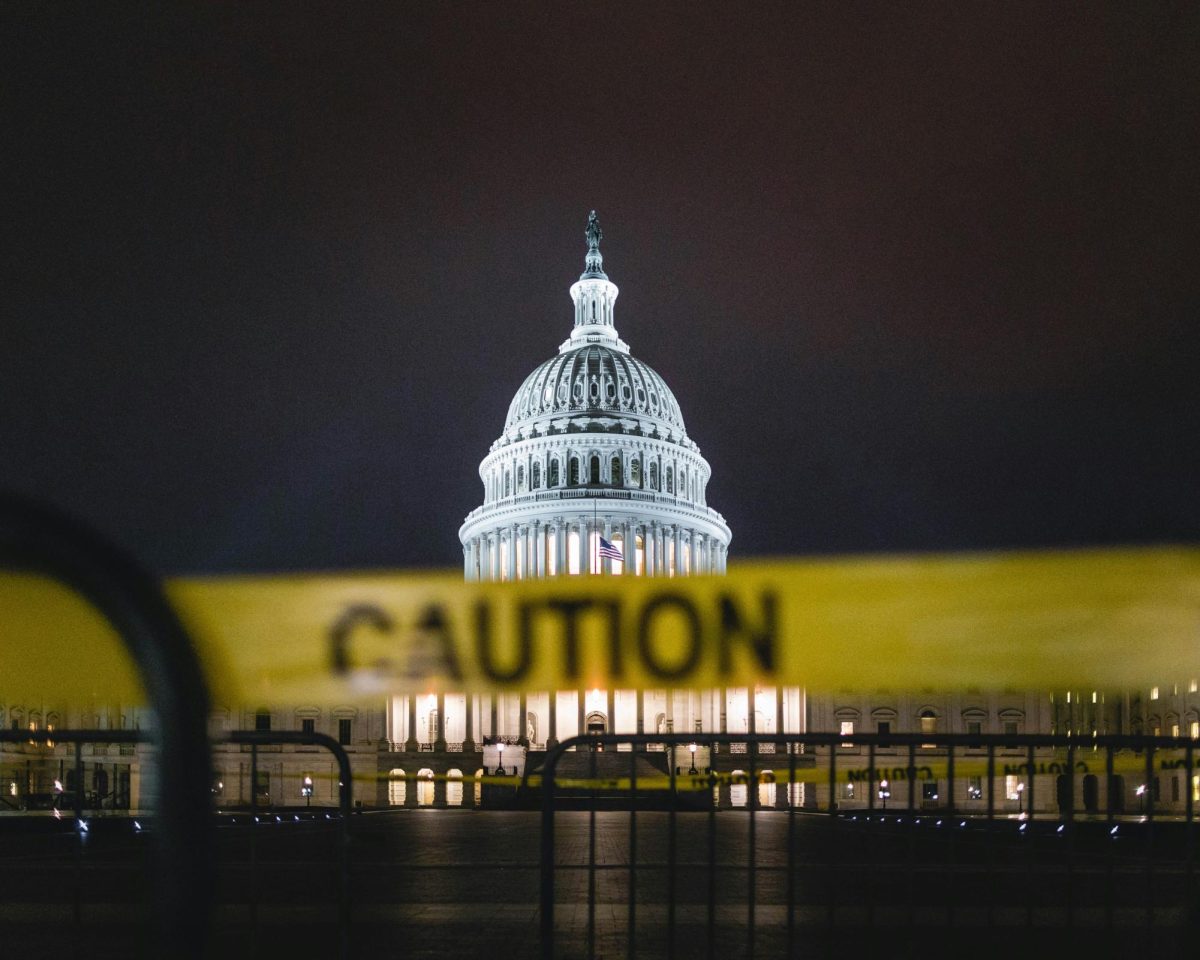U.C. school acceptance rates plummet in 2023
Every year, more and more students bring attention to the declining acceptance rates at U.C. schools
The acceptance letter to Chapman University given to Sofia Youngs
April 15, 2023
LOS ALAMITOS, CA — College admission rates for the incoming college class of 2027 have decreased significantly, especially within the U.C. public school system.
“I was rejected from every single U.C. school I applied to. I have nearly perfect grades,” said Alexander Soloff, a senior at Long Beach Polytechnic High School, who applied to UCLA, UCSB, and UCSC, said. With the popularization of test-blind applications where standardized test scores would not be considered for a college decision, highly prestigious college acceptance rates, especially within the U.C. school system, have dramatically decreased in recent years.
“I’m still going to a good school, but I know I should have had a chance [with the U.C.’s],” Soloff said.
The University of California, Los Angeles, better known as UCLA, acceptance rates fell .7%, from 9.9% to 9.2% during the 2023 college decision season. UCLA is the most applied-to school in the United States with over 149,000 incoming freshman applications: they accepted 12,835 applicants this year.
“People with 3.2 GPAs are being accepted but others with a 4.5 are being flat-out rejected,” Edwin Levi, a college and standardized test tutor said. “It’s not exactly random, but it brings attention to the overarching problem about college itself.”
Regarding race, Latinos again made up the highest percentage of first-year applicants from California for fall 2023 with 39%. This was followed by Asians at 31%, white applicants at 21%, black students at 6%, and American Indians and Pacific Islanders at 1% or less. With a constant rise in Latinx students and a slight decrease in Black applicants, those proportions remain about the same as last year.
Statistically, the same amount of applications are being accepted each year, but many within the class of 2023 feel like college decisions are more randomized than any other year.
“I’m not saying it’s yield protection or anything, but people I know weak applications are being accepted over near-perfect resumes,” Ava Smith, senior at La Sal High School said. “It’s just getting worse every year.” Although still receiving acceptance from other schools, most students feel that college admissions are becoming more selective and random every year.
“I know it depends on what major you’re applying for, but it still just feels off,” Giuseppe Parker, a senior at John Marshall High School said. Most schools within the U.S. accept students based on space, skills, and diversity. One school rising in popularity, California Polytechnic San Luis Obispo, accepts students solely from academics and availability within majors. This causes mass rejections among qualified students because of the competitive nature of the career path they want to pursue.
Grades and extracurriculars are not the only determinants of whether a student will be accepted. Recent data released by Harvard University shows that over 80% of student-athletes that apply as incoming fall freshmen are accepted; the acceptance rate is 4.5% overall. In addition, legacy within families plays a vital role for many students. Large colleges, for example, UCLA, USC, and most Ivy Leagues prioritize legacy applicants over first-generation hopefuls; this does not imply that a legacy student is to be automatically accepted. However, an application is more likely to be reviewed holistically.
The admission process itself is not random; in most universities, if an applicant passes the preliminary review where an A.I. reviews college applications, hopeful undergrads are judged by admission counselors. Applications are then determined if they are to be accepted, deferred/waitlisted, or rejected.
The 2023 college decision season is virtually just like any other year: students, no matter how talented, will be rejected. However, this doesn’t determine a students worth; a student is encouraged to attend a university that will do the most for them. It doesn’t matter how low the acceptance rate is: it’s what the student does with the opportunity the college provides.







Sandra • May 25, 2023 at 5:56 pm
Great article!